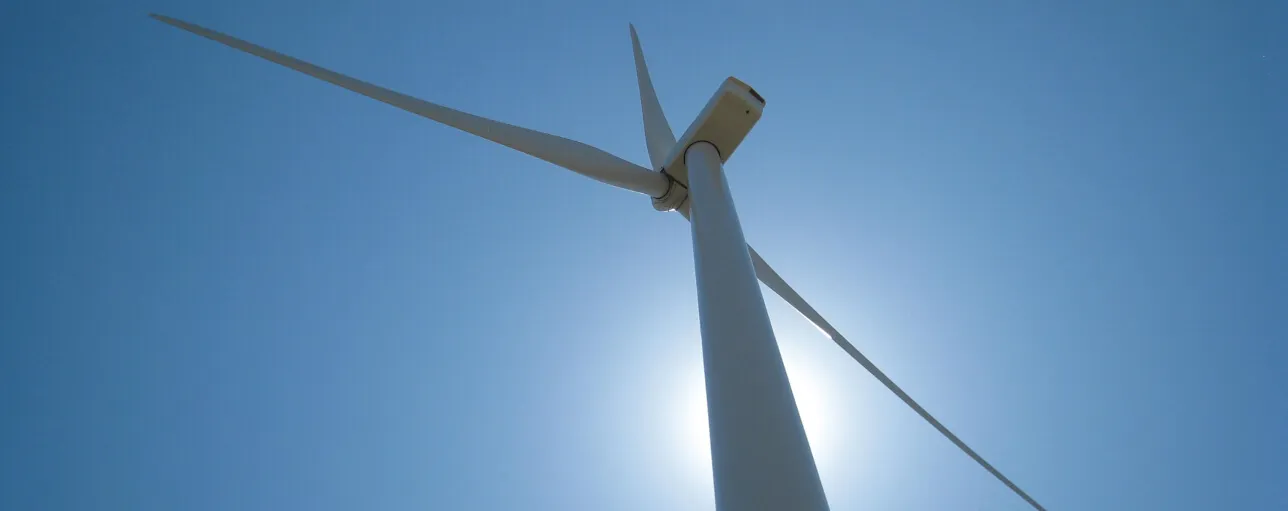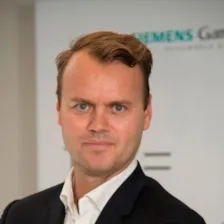As part of the second episode of our latest Talks Energy documentary – The race to deep decarbonization we speak with Steffen Frydendal Poulsen, Senior Vice President of Technology Development at Siemens Gamesa, about the role of technology and industry collaboration in achieving deep decarbonization.
Optimizing the renewable energy market and making it affordable to the consumer relies on every stage of the supply chain working in sync. Efficient storage and distribution of renewable energy - however it is generated - across the world’s power grids is essential to the implementation of green technology.
At Siemens Gamesa, the renewable energy equipment manufacturer is pouring a lot of its own energy into the research and development (R&D) of technologies that will bridge this gap. For Siemens Gamesa’s senior vice president of technology development, Steffan Frydendal Poulsen, hydrogen will play an important part in making this a reality:
“We see hydrogen as a central part of the distribution of energy in the future,” Steffen says, speaking on the podcast. “For this reason, we’re investing a lot in being part of that. We are looking into how we adapt our products to support the hydrogen market.
“We deliver energy based on electricity availability. We’ll need to deliver energy based on hydrogen in the future. This will be a supplement to, and not a replacement for electricity.
Steffen says that hydrogen is especially relevant in the mobility and transport sector, both on land and at sea: “Here we will see a big transformation in how we distribute energy and how we will use it wherever it is needed.”
While offshore wind farms are powerful sources of energy, Steffen says that there is also a “continuous need” for onshore wind and that “more significant growth” is needed to meet energy demands as well as contribute to the decarbonization of modern society.
“If we look further to 2050, hydrogen becomes even more significant,” he continues. “It’s clear that our customers are investing heavily in this space. If you look globally, it’s in all markets and there are a lot of options out there.
“To meet these ambitious goals, we need to pull all handles, and it is here where renewables will play a significant role. I think we should see the targets as top-down, describing the needs for society. And now it’s the task for the industry to find solutions for society.”
For Steffen, meeting targets relies upon establishing the right cost of energy and bringing solutions to market at the right time:
“If we take the past decade as an example, the levelized cost of energy from offshore wind was reduced by an effect of three across the industry. Of course, that was based on a lot of different parameters, including the time to market of new technologies, but it was also important that we got the right performance for these new products. We need to continue that journey to deliver additional improvements going forward. And again, the technology development part will be key for that success.”
According to Steffen, establishing a “close collaboration with our customers” and “driving down the cost” of operational upgrades is vital for ensuring that the right technologies go to market. Although he believes hydrogen power will play an important role in raising the efficiency of renewable energy technologies, Steffen says that more research is needed around energy distribution.
“How do we distribute it to the end customer to make sure we optimize the full system?” Steffen says. “At Siemens Gamesa, we are investing a lot in understanding that, also to ensure we deliver the right products so we can be part of that market going forward. And that also requires intensive R&D investments.”
He concludes: “We will continue with that but in addition we need to invest in the rest of the lifecycle. That means the way we produce our machines, how we transport it, install it, do all service operations. We still see potential and together with our customers we will harvest all of this.”

